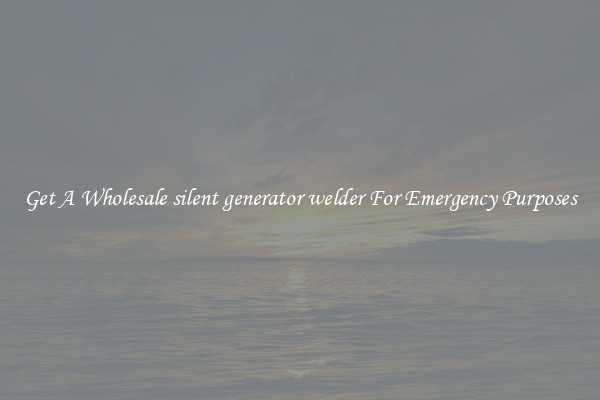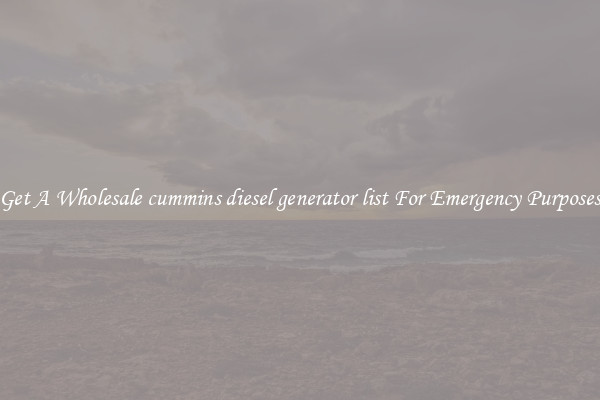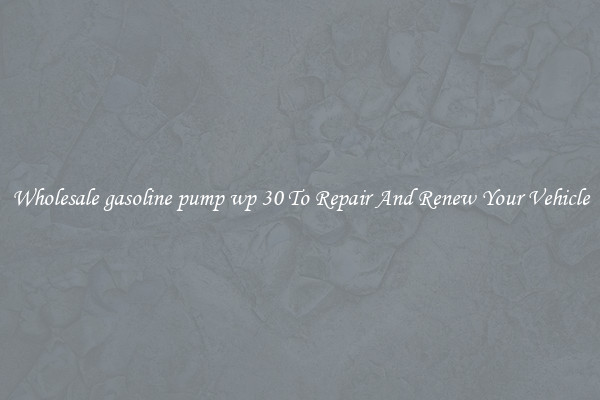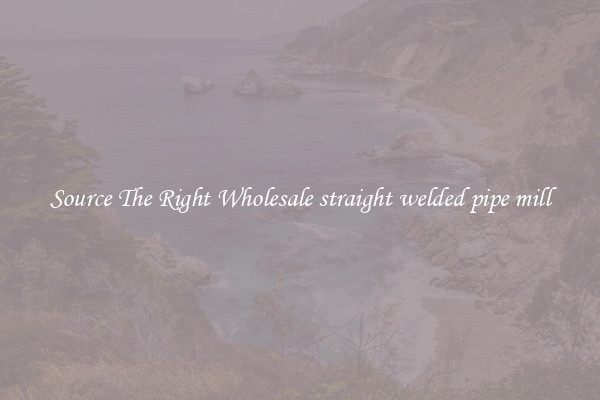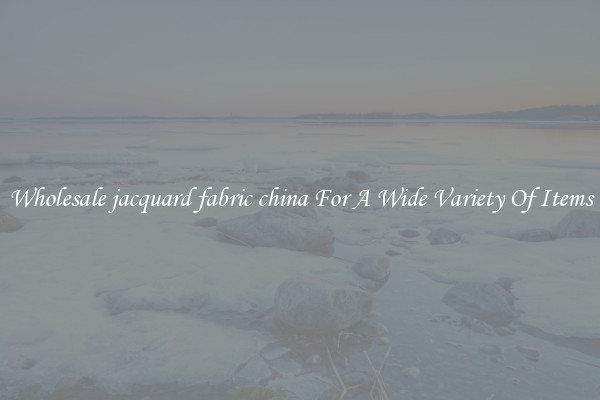Switch To material for wind turbine With The Wholesale Generator
Switching to advanced materials for wind turbine blades is a crucial step in enhancing the efficiency and sustainability of renewable energy generation. Wholesale generators are taking note of this trend and are actively incorporating innovative materials into wind turbine production.
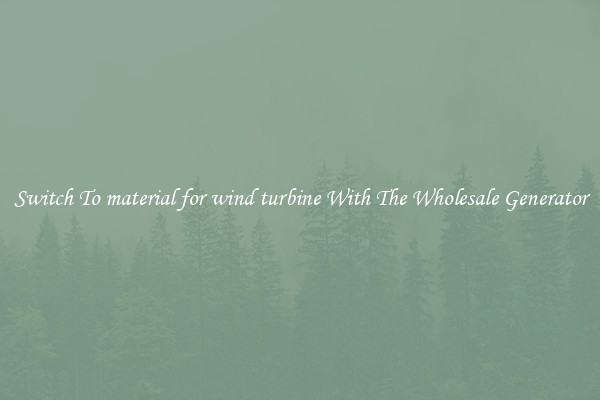
Traditionally, wind turbine blades were made from fiberglass, which offered durability but limited performance. However, recent advancements in engineering have introduced new materials that significantly improve turbine efficiency. One such material is carbon fiber, a lightweight and robust material that offers superior strength-to-weight ratio. By utilizing this material, wind turbines can generate more power while reducing their overall weight.
There are several advantages to using advanced materials in wind turbine production. Firstly, the lighter weight of carbon fiber blades means that the turbine can start producing electricity at lower wind speeds. This broader wind speed range is critical for wind farms, as it allows for increased energy production and decreases the need for backup power sources.
Additionally, carbon fiber blades have improved fatigue resistance, enabling a longer lifespan for wind turbines. The durable nature of the material reduces the need for frequent repairs and maintenance, ultimately reducing downtime and increasing the overall energy output.
Furthermore, the introduction of advanced materials allows for the development of longer and wider turbine blades. Longer blades capture more wind energy and increase the efficiency of the entire wind turbine system. Wholesale generators recognize the benefits of larger blades and are investing in research and development to optimize their design and production.
Switching to advanced materials also aligns with the renewable energy sector's sustainability goals. Carbon fiber is recyclable, meaning that at the end of a wind turbine's life cycle, the blades can be repurposed rather than becoming waste. This reduces the environmental impact associated with turbine decommissioning and disposal.
Moreover, the incorporation of advanced materials in wind turbine production fosters local job creation and economic growth. The technology behind these materials requires skilled labor and expertise, leading to the establishment of specialized manufacturing facilities. As wholesale generators invest in wind turbine advancements, they contribute to the growth of the clean energy industry and the creation of green jobs.
In conclusion, the shift to advanced materials such as carbon fiber in wind turbine production is playing a significant role in enhancing the efficiency and sustainability of renewable energy generation. Wholesale generators are recognizing the value of these materials, investing in research and development, and collaborating with manufacturers to incorporate innovative designs. With improved turbine efficiency and durability, wind energy becomes a more viable option for meeting global electricity demands while reducing carbon emissions and combatting climate change.
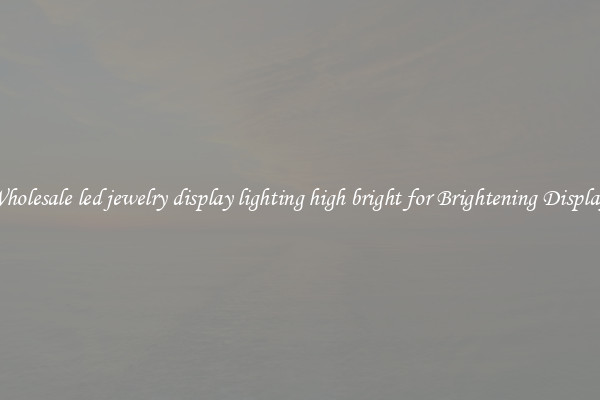
View details

View details

View details
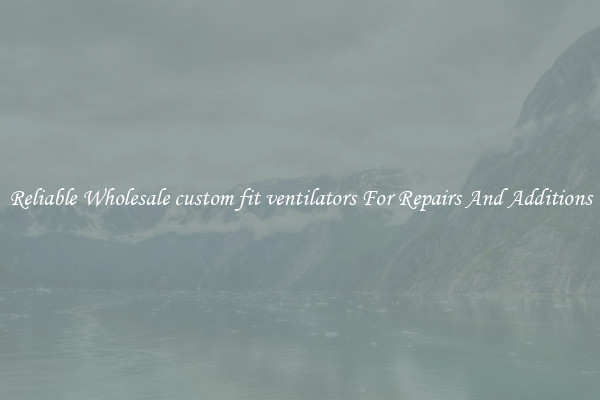
View details
